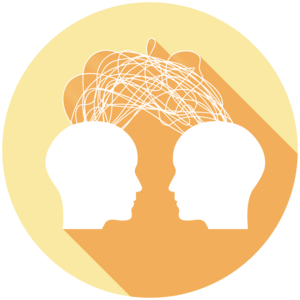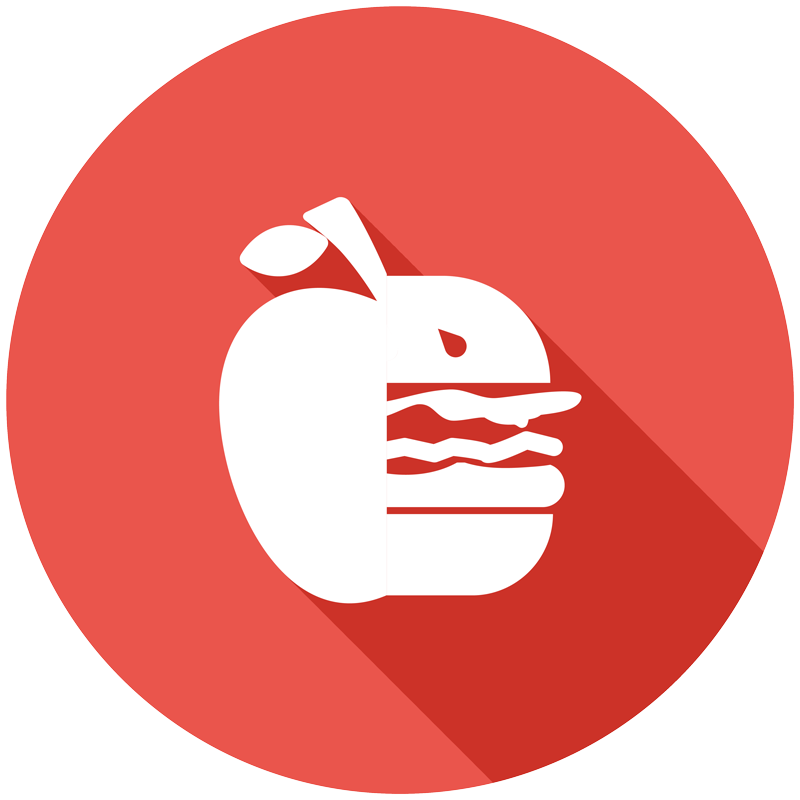Did you know that when you’re in the grocery store picking out a bottle of wine, the music that is playing can influence your choice? If you follow our posts closely you probably did. But either way, get ready to dive a little deeper into what influences you (and your customers) subconsciously.
Posted in Archive, Advertising
published on Tuesday, 17 January 2017
Personally, I think the most fascinating thing about neuromarketing is that in this field of science findings are again and again surprising and counterintuitive. A recent study by Andrews, Lou, Fang and Ghose (2015) is another example of this phenomenon. But let’s take a step back first.
Posted in Archive, Advertising
published on Thursday, 15 December 2016
Get ready. You’re about to discover a simple to use scientifically grounded technique that has increased conversions by 40% to as much as 125% percent.
It’s not about button color, shape or size. It’s not about adding extra pieces of persuasive information. It’s not about clever page design. It’s simply restructuring the way people can accept or decline your call to action.
Posted in Archive, Conversion
published on Friday, 02 December 2016
Governments and health organizations are spending billions of dollars in order to stimulate you and me to put healthier foods on our plates. But take one look at the world outside to face living and breathing proof that these strategies are far from successful. And in case you’re not a big fan of anecdotal evidence; the statistics also show that obesity is at an all-time high worldwide.
Posted in Archive, Conversion
published on Saturday, 29 October 2016
In modern day neuroscience, it’s easy to get confused over all the different neuromarketing techniques out there. While virtually all of the techniques used in the field can be valuable to marketing, it’s good to understand the difference between them and how they work.
In this article, we’ll have a closer look at five regularly used neuromarketing techniques to see how they work and in what kind of context it’s most suited: eye tracking, brain imaging (EEG and fMRI), facial encoding, sensory marketing and psychological techniques.
Posted in Neuromarketing Fundamentals, Archive
published on Monday, 17 October 2016




